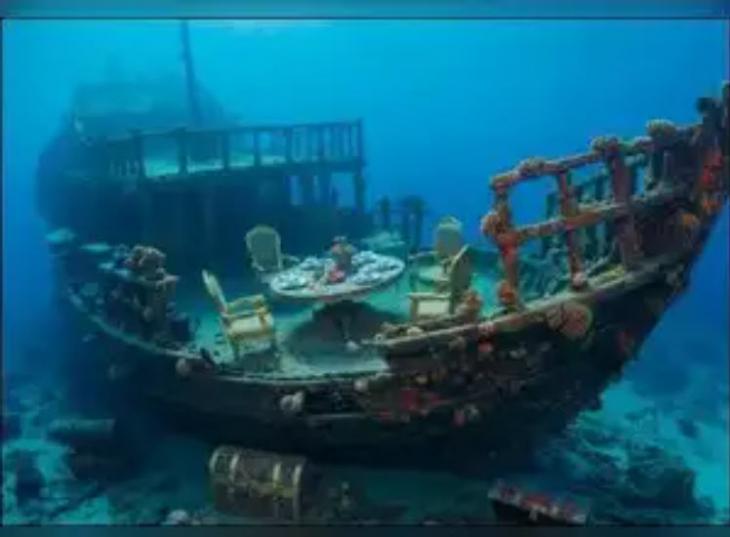
By Publisher Ray Carmen :
A Lost Treasure Reborn from the Depths
Beneath the Caribbean Sea off the coast of Cartagena, Colombia, lies the shattered remains of the Spanish galleon San José, one of the most valuable shipwrecks ever discovered. On board? An estimated £16 billion in gold, silver, emeralds, and priceless artifacts.
For over 300 years, this ship was just a myth whispered among treasure hunters, historians, and deep-sea explorers. Today, it stands confirmed—a ghost from the past finally revealed.
The San José: A Galleon of Glory and Doom
-
Launched: 1698
-
Affiliation: Spanish Navy
-
Cargo: Gold, silver, emeralds, and other riches from Peru destined for Spain
-
Sank: June 8, 1708
-
Location: Near Barú Island, close to Cartagena, Colombia
-
Cause of sinking: Attacked by the British during the War of Spanish Succession
-
Casualties: Over 600 souls lost
In 1708, as the ship attempted to escape with its treasure during conflict with Britain, it was struck and exploded—sinking to the bottom with almost all aboard.
The Treasure: A Staggering Hoard
-
Over 200 tons of gold and silver
-
Emeralds mined from South America
-
Private collections, weapons, cannons, and fine porcelain
-
Much of the treasure remains untouched and unrecovered
This isn’t just loot—it’s a floating time capsule, perfectly preserved in cold Caribbean waters.
Discovery & Controversy
-
Discovered: 2015 by the Colombian Navy, with help from international experts and an autonomous underwater vehicle (AUV) called Remus 6000
-
Confirmed: Based on unique bronze cannons bearing dolphin engravings
-
Estimated Value: Over £16 billion / $20 billion USD
But the discovery triggered a legal and ethical storm:
-
Colombian government vs. Spanish government
-
Claims from sea salvage company Sea Search Armada, who insist they helped locate it decades ago
-
Indigenous groups and historians debating whether it should be recovered or preserved
What’s Next for the San José?
Colombia has announced plans to recover the ship carefully, possibly creating a museum to house the treasures. The goal is not just profit—but preservation, education, and cultural respect.
“The idea is not to bring up the treasure like pirates, but as archaeologists,” said a Colombian official.
A Final Word: The Echo of Empires
The San José is more than gold—it’s a relic of empire, war, and legacy. Its recovery poses a timeless question:
Who owns history?
The sea may never answer. But for now, the San José rests, half-remembered and half-revealed, still guarding its silent, glittering secrets.




